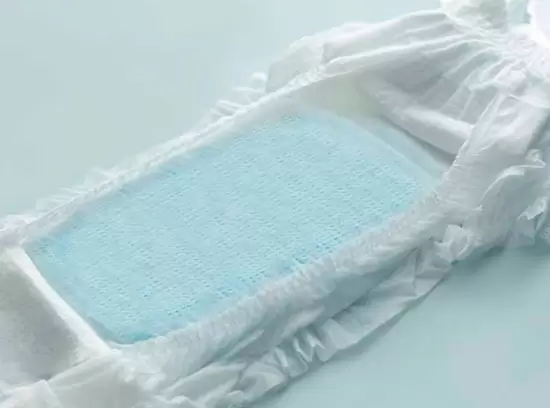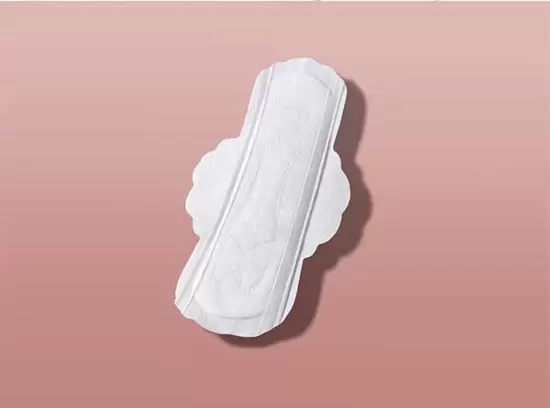Nonwoven fabric is one of the youngest and most promising emerging fields in the textile industry. China’s nonwoven industry started late, but is developing very rapidly. At the early stage of development, nonwoven fabric was mainly used in the garment industry as auxiliary materials. With the rapid development of social economy and science and technology, new products and technologies of nonwoven fabrics are emerging and changing day by day, and their applications are becoming more and more extensive.
As a result of the new round of epidemic, most industries experienced a period of shutdown and various economic activities came to a temporary halt. In such a situation, the nonwoven industry has instead been busier than at any other time. As demand for products such as disinfectant wipes and masks reached unprecedented levels this year, news reports about a surge in demand for base materials (i.e. meltblown materials) became mainstream, many people heard a new word for the first time – nonwoven fabric, and people began to pay more attention to the important role that nonwoven materials play in protecting public health.
1. According to the application requirements, nonwoven fabrics can be divided into two categories: durable and disposable application type
Durable nonwoven fabrics can be used many times and have a certain service life, and are widely used in clothing, home decoration, agriculture, industry and other fields. For example, many of the environmental bags that have been very hot in recent years are made of nonwoven fabrics. Disposable application type nonwoven fabrics are also common, such as wet wipes for cleaning, masks necessary for everyone during epidemics, tea bags for tea bags, and diapers for babies.
2. The development of nonwoven technology
With the continuous emergence of new technologies, the function of nonwoven fabrics continues to be improved. The future development of nonwoven fabrics comes from the continuous penetration into other fields such as new industries and automobiles; at the same time, we eliminate backward and old equipment, produce functional, differentiated and diversified world-class nonwoven products, and march to the depth of production, carry out deep processing of the products to form product diversification and adapt to the market demand.
In addition, in the two fields of disposable hygiene absorbent materials and wiping products, the trend of consumer upgrading is very obvious. With the development of the economy, people have higher and higher requirements for the functionality, comfort and convenience of hygiene care products, and nonwoven fabrics with specific properties are more and more widely used in related fields. In the future, in disposable absorbent materials and wiping products, the technical upgrading of nonwoven fabrics is still a major trend.
Nonwoven fabric is a kind of fabric formed by directly using polymer slices, short fibers or filaments to form a web of fibers by airflow or machinery, then by hydroentanglement, needling, or hot rolling reinforcement, and finally by finishing. With soft, breathable and flat structure of new fiber products, it has the advantage that it does not produce fiber chips, strong, durable, silky soft, which is also a kind of reinforcing material, and there is a cotton feeling. Compared with cotton woven products, nonwoven fabrics are easy to form and cheap to build.













